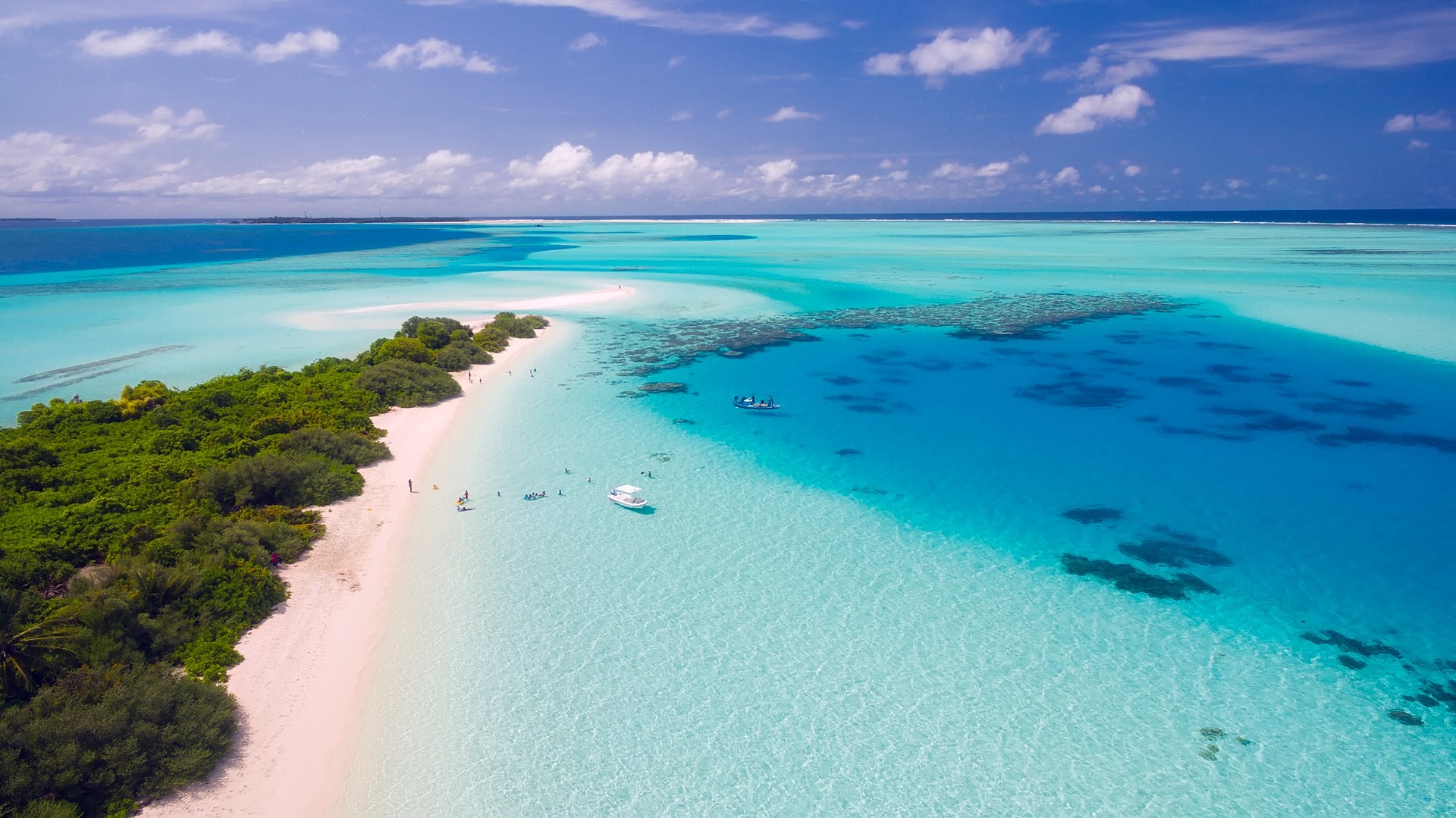Sailing the Sky: A Deep Dive into the World of Paragliding Tourism
Paragliding, the exhilarating blend of hang-gliding and parachuting, has been captivating adventure seekers since its invention in France during the late 1970s. Once an extreme sport limited to the bravest adrenaline junkies, it has now transformed into an accessible form of tourism. This article will delve into the evolution, current trends, and practical implications of this remarkable travel style.

The Birth and Evolution of Paragliding Tourism
Just as the Wright Brothers forever changed the world of transportation, the innovative minds behind paragliding have revolutionized the way many people experience travel. This dynamic sport was initially developed as a leisure activity for climbers seeking a quick and exciting way to descend mountains. However, its potential as a unique tourism experience soon became evident.
As technology improved and safety measures enhanced, paragliding started to gain traction as a mainstream recreational activity. It has now become a staple in many of the world’s most stunning landscapes, offering travelers a bird’s eye view of their surroundings.
The Current Landscape of Paragliding Tourism
Today, paragliding tourism has soared to lofty heights. This trend is driven by the desire for unique experiences, the increase in outdoor adventure tourism, and the enhanced accessibility of paragliding.
From the breathtaking vistas of the Swiss Alps to the turquoise seas of Turkey’s Oludeniz, paragliding offers a distinctive perspective that ground-based tourism can’t replicate. It’s a way to step out of your comfort zone, challenge yourself, and create memories that will last a lifetime.
Advantages, Challenges, and Impact on Travelers
The advantages of paragliding tourism are plentiful. It provides an accessible adventure for those seeking an adrenaline rush, but it also offers a serene escape from the hustle and bustle of traditional tourism.
However, like any adventure sport, paragliding does come with its challenges. Weather conditions can be unpredictable, and participants must be prepared for potential delays or cancellations. The sport also requires a level of physical fitness and mental preparedness.
Despite these challenges, the impact on travelers is overwhelmingly positive. Many describe the experience as transformative, providing a new perspective on the world and their place in it.
A Few Things to Remember
-
Most paragliding experiences don’t require prior training - a qualified instructor will guide you.
-
Always check the safety record and credentials of your paragliding company.
-
Remember, safety should always be your top priority.
In conclusion, paragliding tourism offers a unique blend of thrill and tranquility, providing travelers with an unforgettable way to experience their destinations. As we continue to seek new and exciting ways to explore the world, it’s likely that this high-flying form of travel will only continue to grow in popularity. Whether you’re an adrenaline junkie or just someone seeking a different perspective, paragliding may be the next big adventure on your travel horizon.




